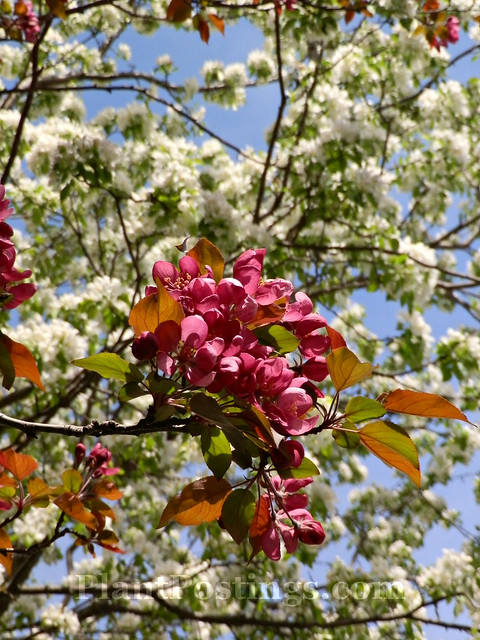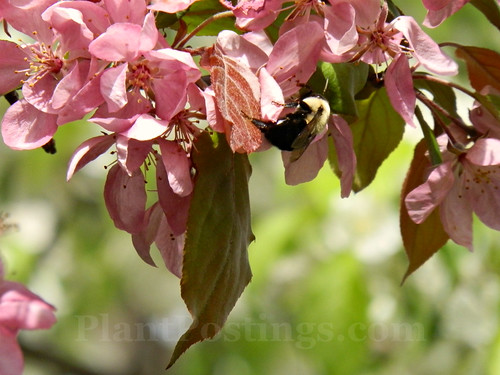
When you think of Milkweed, what do you envision?
The plant growing in concrete cracks at the abandoned lot down the street? The “weed” your dad made you pull all summer long between rows of corn at the farm? Something that will spread all over your garden?
By now, most North Americans (and particularly gardeners) are probably aware that
Monarchs are in peril for a host of reasons. And Monarchs need Milkweed (
Asclepias spp.), which is their “host” plant ... but what does that actually mean?

It means Monarch larvae—the caterpillar stage—can only eat Milkweed.
But when someone says, “Monarchs only eat one plant,” that’s a little misleading. First, adult Monarch butterflies can nectar on a wide range of flowering plants. And second, while their baby caterpillars can only eat plants in the Milkweed family (
Asclepiadaceae), that’s quite a selection!

Did you know there are
more than 140 species of Milkweeds native to the Americas? Every state in the U.S. has a wide selection of native Milkweed plants. All of them are garden-worthy in the right setting, in the right garden, and in the right climate and ecosystem. In cold climates, many of us even grow some warm-climate species as annuals.
Milkweed does not have to be a messy plant. As with any plant or group of plants, you, the gardener, can choose where you want to place it. Some Milkweeds even grow beautifully in pots. And the various species come in all shapes, sizes, and colors. Some species wander more than others. If you don't want it to spread by seed, you can harvest the pods to give away or grow more plants in a different location.
Here are just a few Milkweed species native to my state and much of the Midwest:
 |
| Butterflyweed (Asclepias tuberosa) |
 |
| Common Milkweed (A. syriaca) |
 |
| Whorled Milkweed (A. verticillata) |
 |
| Swamp Milkweed (A. incarnata) |
In addition, while there are valid reasons to
avoid growing tropical species where they aren't native, they often work well as annuals in cold climates like mine. Many grow fast from seed, and they die with the first killing frost. Here are two examples:
 |
| Tropical Milkweed (A. curassavica) |
 |
| Swan Milkweed (Gomphocarpus physocarpus, formerly Asclepias physocarpa) |
So, the next time you hesitate to add Milkweed to your garden, think about the Monarchs. Remember, Milkweed isn’t just “one plant,” rather, it’s a family of plants. Add a few to your garden to help the Monarch population recover.
An added note: Make sure any Milkweed you plant is pesticide-free. Plants treated with pesticides will be harmful to the caterpillars, butterflies, and other pollinators. If you see a tag with wording similar to, “This plant is protected from _____ and other unwanted pests by Neonicotinoids,” don't buy it. Purchase from an organic grower, or ask your plant supplier if their Milkweed has been treated.
Some of you know that I recently traveled to the
Monarchs’ overwintering sites in Mexico with my friend, Kylee Baumle, who is a garden author and self-taught expert on the Monarch (
Danaus plexippus). To celebrate the release of her book and the new gardening season, I’m giving away one copy of
Kylee’s book, “The Monarch: Saving Our Most-Loved Butterfly
.”
(Kylee includes great information on various Milkweed species.) All you have to do is leave a comment here, on the
PlantPostings Facebook page, or send me an email at plantpostings[at]gmail[dot]com. I will draw a random name and announce it with my next post. Good luck!
***************
Note: I’m taking a short break to get some plants in the ground, move some around, and tend others that need a little TLC going into the gardening season ahead. See you on the other side of the break!


















